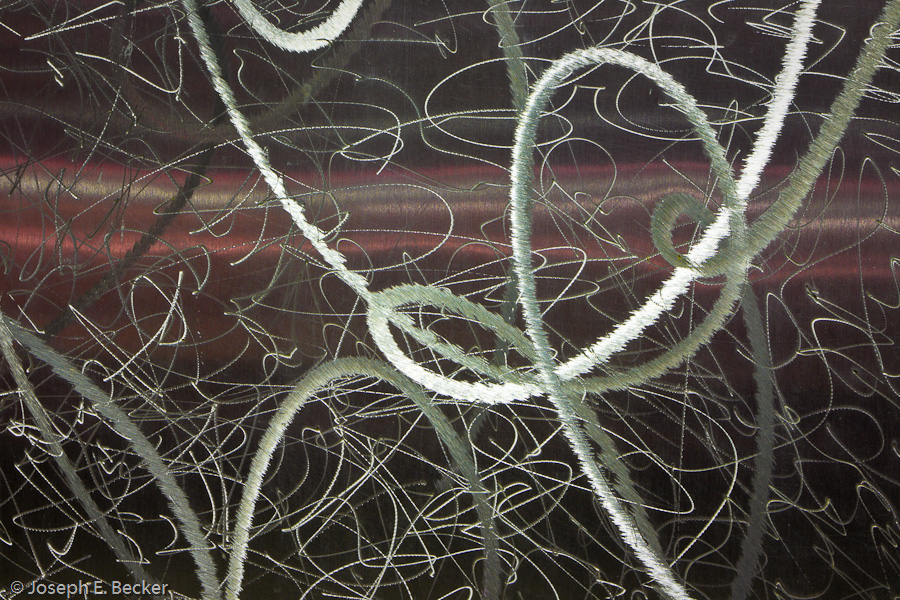 Breaking from my blog series on the American Southwest, I’m posting something completely different. As I have mentioned in earlier blogs, I am the chairman of the Photo Committee of the Tacoma branch of the Mountaineers. We occasionally have field trips to photograph instead of our regular meetings. Earlier this month, I led our group to downtown Tacoma to try some night photography. Unlike a similar trip earlier this year (described in this post), I did little light painting, mostly relying on existing light (with one exception, in the image of the Pantages Theater below, I used a flash to light up the sculpture in the foreground).
Breaking from my blog series on the American Southwest, I’m posting something completely different. As I have mentioned in earlier blogs, I am the chairman of the Photo Committee of the Tacoma branch of the Mountaineers. We occasionally have field trips to photograph instead of our regular meetings. Earlier this month, I led our group to downtown Tacoma to try some night photography. Unlike a similar trip earlier this year (described in this post), I did little light painting, mostly relying on existing light (with one exception, in the image of the Pantages Theater below, I used a flash to light up the sculpture in the foreground).
Photography at night is a special experience. Things always look different, and it isn’t always obvious how the camera will see the available light, especially if long exposures are used. Skies that are black to the human eye can pick up a tint, typically orange in urban areas (from sodium vapor street lights). Other lights may give off a more yellowish -orange (tungsten lamps) or greenish (fluorescent bulbs) tones. Then there are neon lights of all colors. Changing the color balance when processing the images can add new twists to the color.
Besides showing colors the human eye can’t normally see, I love long-exposure shots for another reason – they compress time into a single instant. Car lights become red and white trails, people can become ghostly shadows, objects that move into a frame during an exposure can seem half there. These are more results that are not totally predictable.
Here are some shots from one November Tacoma night (even though taken on a single night, I thought the title “Tacoma Nights” sounded better than “Tacoma Night”; a little literary license); I hope you like them.








Leave a Reply